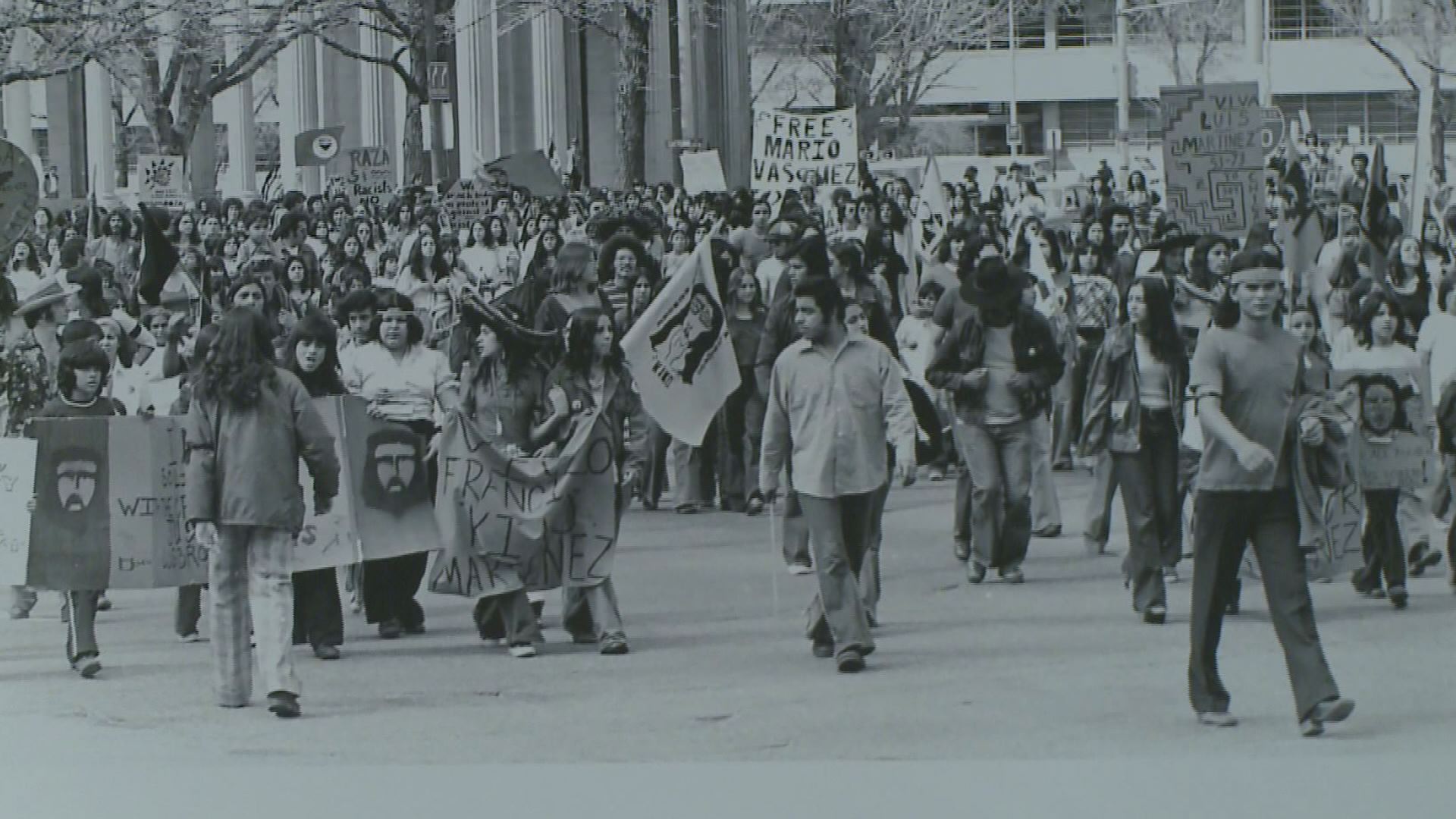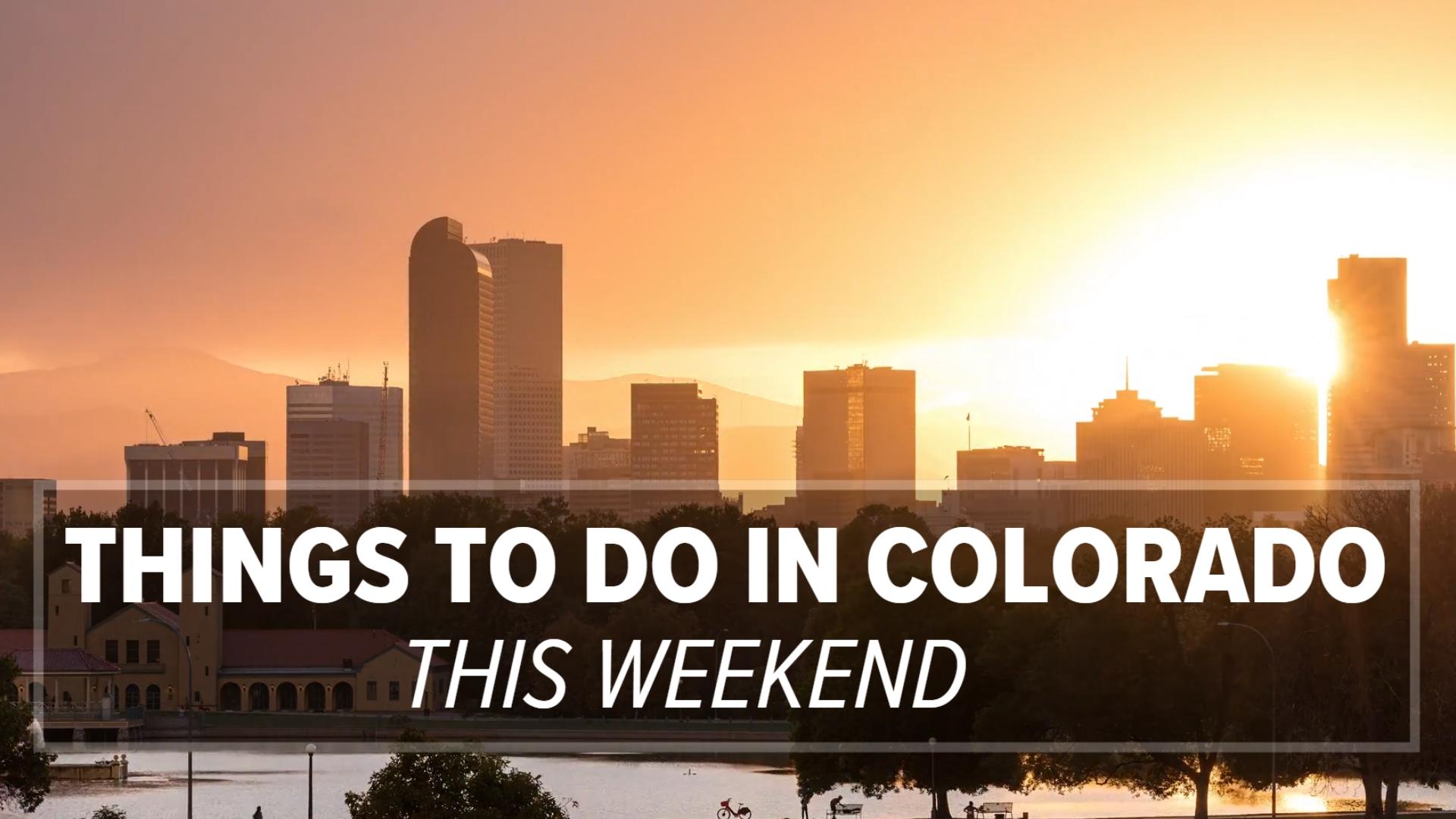KUSA- It's a civil rights movement often associated with California and Texas, but its ties to Colorado run deep. The Chicano Movement of the 1960s and 70s sought to empower Mexican Americans and end discrimination against them. Now, it is getting renewed attention, thanks to a new exhibit at History Colorado.
"Every social movement rises out of a crisis," said Deborah Espinosa. The truth is, we didn't know our history. We didn't have a clue."
In the early 70s, Deborah Espinosa was coming of age. She graduated from high school and enrolled at CU Boulder, where she became an activist in the movement. Mexican Americans rose up to embrace the label "Chicano" and all that went along with it.
It's detailed in a new exhibit at History Colorado called "El Movimiento."
"We were excited because we felt like we were on the front of change," she said.
The Chicano movement was in full swing in Colorado, as it was in California, Texas and the southwest. Discrimination was also on full display.
"Seriously, they still had the signs in the window that said "No Mexicans or dogs" at the place where all the guys in high school went to get their haircut," said Juan Espinosa, who grew up in Montrose.
Espinosa served in the Air Force in Vietnam and eventually started several Chicano newspapers in the state. He wrote about and photographed the movement, as it unfolded around him.
"Colorado had all of the big issues of the movement," he said. "We had the labor struggle, we had land rights struggle, we had the urban issues."
There were also issues about the quality of education for Chicano students. That became a focal point for many of the marches, one of which began in March of 1969. That is when 200 students walked out of Denver's West High, protesting alleged racist remarks made by a teacher there. A confrontation with police outside the school escalated and led to several days of civil unrest in the city.
"It's one movement, but there are so many different faces, there's so many different issues," said B. Erin Cole, Assistant State Historian at History Colorado.
In the end, though, did it all make a difference? Juan Espinosa said, in some ways, yes— and he saw it in a call he got from his mother.
"She says, 'You won!' I go, 'What do you mean?' And she says, 'I just went into City Market and they have Cinco de Mayo signs all over the store. You guys won!'" he said with a laugh. "And so that was her crazy way of saying that we had made a difference."
Deborah Espinosa laments the damage drugs have done in the Chicano Community, citing it as something that needs to be focused on.
"We are now historians, judges, actors, artists, teachers, PhDs. We have entered into all the professional fields, but we need more," she said. "We have a lot of work to do."
The exhibit, "El Movimiento," runs from February 7 through October 25 at History Colorado. For more information in it, go to historycoloradocenter.org
Another exhibit, Chicano, is opening at El Museo de las Americas on February 12 and runs through May 29. Additional information on it can be found at museo.org
(KUSA-TV © 2015 Multimedia Holdings Corporation)


